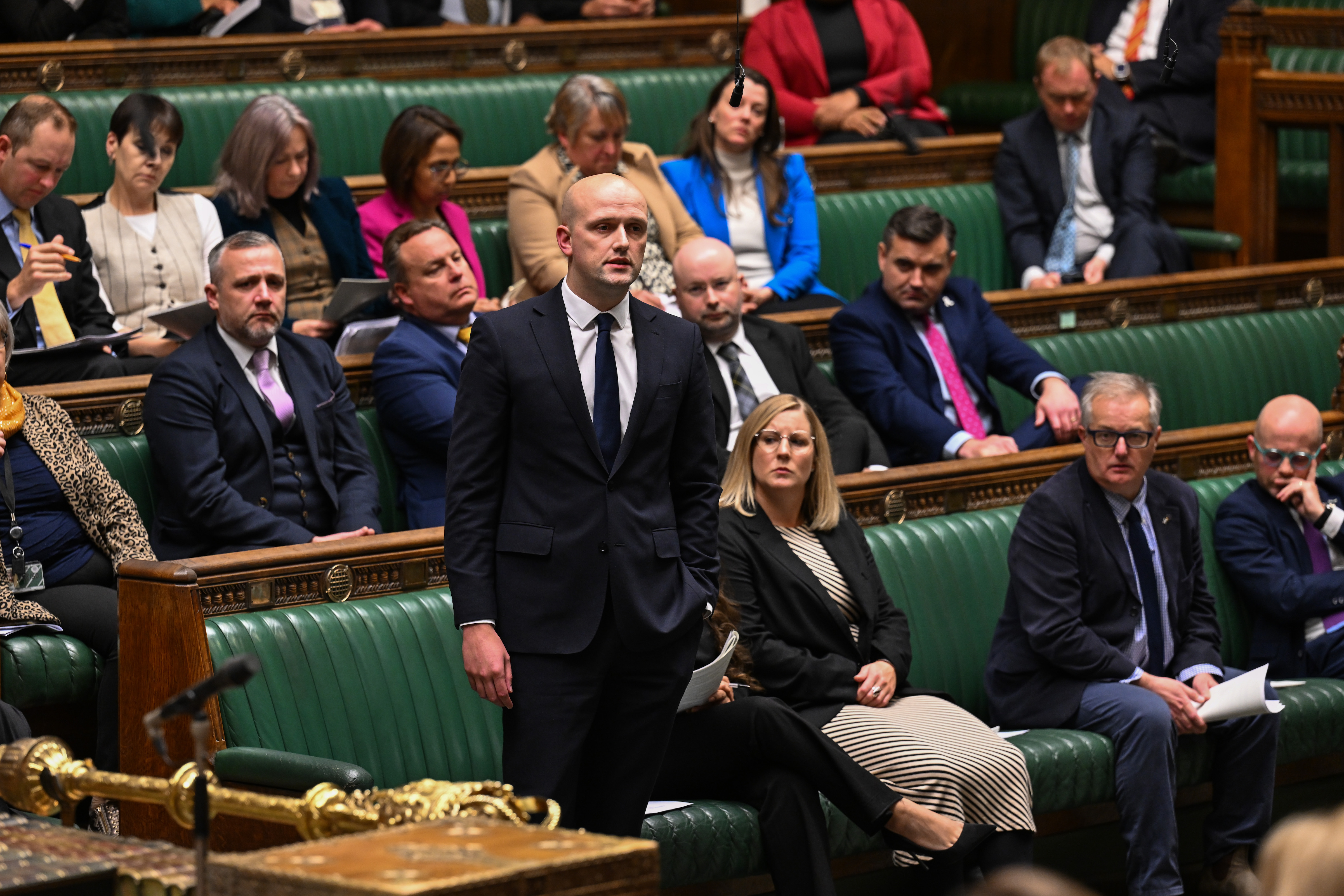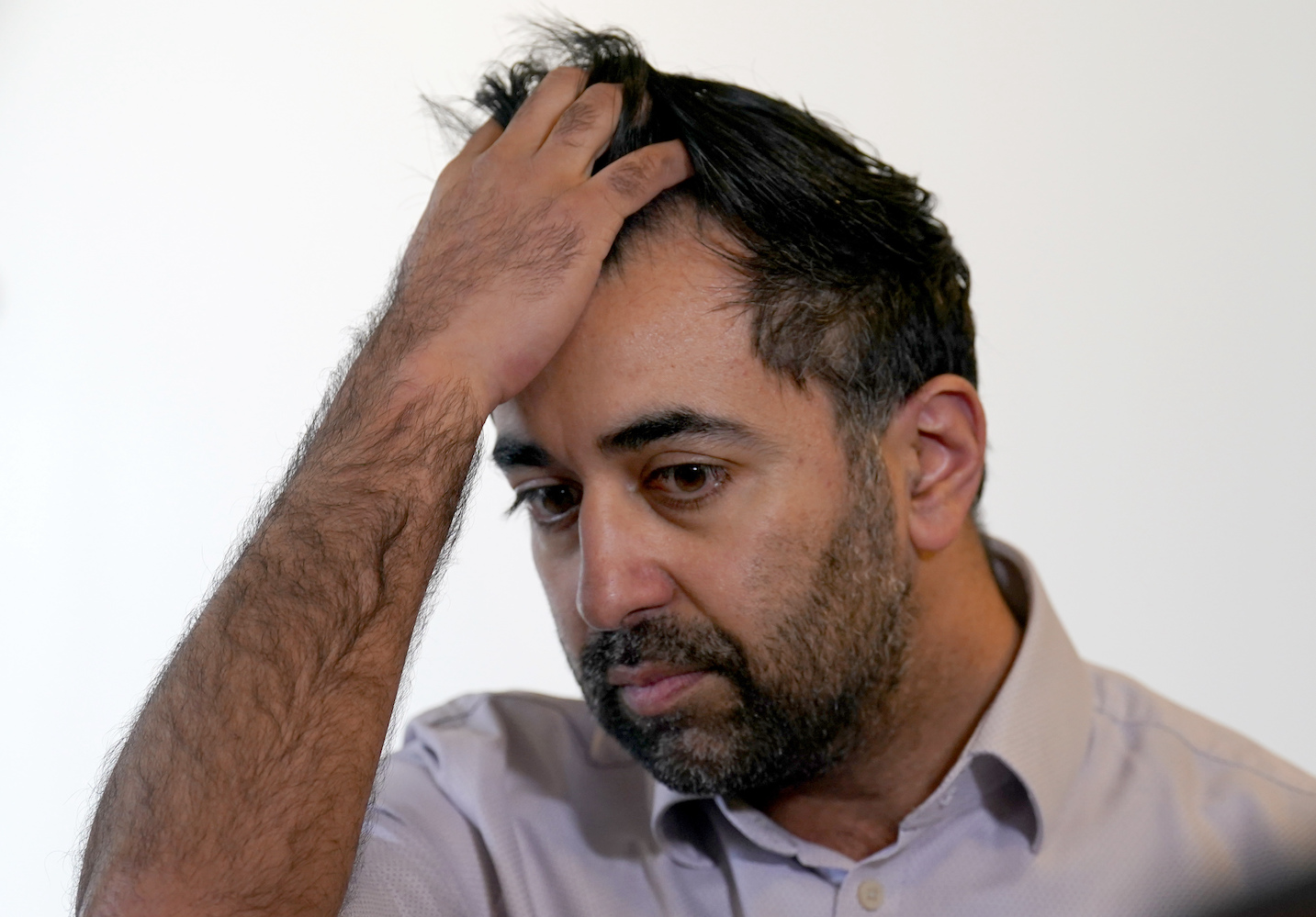How many grammar schools in the UK?
There are currently 163 state-funded grammar schools across England.
The largest number of grammar schools is found in Kent (38), London (19), Lincolnshire (15), Buckinghamshire (13), and Essex (8). A full geographical breakdown of UK grammar schools is contained at the bottom of this piece.
Around 176,000 pupils (around 5% of state-funded secondary pupils) attend grammar schools in England.


Three quarters of the Local Educational Authority areas in England, no longer have any grammar schools, and those that remain are concentrated in particular areas. In the South East of England, 13% of secondary school pupils attend grammar schools, followed by 7% in the South West.
The North East of England is the only region in England without a grammar school.
In Northern Ireland, grammar schools are more common. There remain 67 grammar schools in Northern Ireland, which are attended by approximately 45% of Northern Irish children.
There are no state grammars in Wales or Scotland, although some retain the name ‘grammar school’, they are non-selective and have no special status.
What are grammar schools?
Grammar schools are state secondary schools, which select their pupils by means of an examination taken by children at age 11, known as the “11 Plus”.
Historically, pupils who passed the exam went to the local grammar school, while pupils who did not, went to the local secondary modern school.
Passing the 11+ is not always guarantee of a grammar school place. Should there be fewer places at a school, than children who pass the exam, then grammar schools deploy their own oversubscription criteria, typically awarding places to those with the very highest scores.
The GCSE curriculum taught in grammar schools is similar to that taught in comprehensive schools and focuses on the same core subjects. However grammar schools are typically thought to give more weight to particular academic subjects, and are more likely to offer biology, chemistry and physics separately, rather than as a combined science qualification, as well as offering a greater range of modern languages and specialist subjects.
The majority of grammar schools teach pupils aged between 11 and 18, having an integrated sixth form that teaches A Levels and equivalent post-16 courses. “Sixth forms” of this sort are far more unusual in comprehensive schools
The political debate around grammar schools
The debate around the merits of grammar schools remains one of the most contentious areas of education policy, despite these schools only educating around a twentieth of the secondary school population.
The Labour leader, Sir Keir Starmer, attended Reigate Grammar School in Surrey.
Supporters of grammar schools point to the high levels of obtainment achieved by grammar school pupils, which they say reflects the focus of these school on academic excellence, their emphasis on core subjects, their discipline, and their traditional teaching methods.
It is also argued that in a grammar school environment, bright children are not bullied or deterred from doing well at school. Grammar schools are thus presented as a way of insulating the more able, and providing a safer environment in which they can learn. In terms of GCSE results, in 2015, almost all grammar schools pupils achieved five or more good grades at GCSE, compared to around two-thirds at comprehensives.
Opponents of grammar schools, meanwhile, contest these claims, and contradictory research has been produced as to whether grammar schools perform better than comprehensive schools.
In May 2018, the Institute of Education published a study which found that by the age of 14, grammar school pupils “do not gain any advantage over children who do not attend a grammar school”. Whilst a 2015 study published in the British Journal of Sociology of Education, found that although pupils in grammar schools have higher average attainment at Key Stage 4, this is only because their schools cherry-picked them in the first place.
Those who support the grammar state school system argue that grammar schools, with their wide catchment areas, provide opportunities to bright students from low-income families to escape poverty and gain a high standard of education. Indeed the former Chief Inspector of Schools, Chris Woodhead, claimed that “grammar schools have contributed more to social mobility than any other institution this country has known”.
However, opponents of grammar schools again take issue with the claims that grammar schools support social mobility. They point to statistics that show how just 3% of grammar school pupils are entitled to free school meals, compared with 17% of the general population. Instead they claim that grammar schools are dominated by middle class children, whose parents can afford an intensive tutoring regime to help their children pass the 11+ exam.
Statistics have also shown that students who attend state-funded grammar schools in England are far less likely to have a statement of special educational needs (0.3 per cent compared with 4% per cent at other maintained schools), or to have English as an additional language.
Opponents of grammar schools go on to claim that the system is divisive. It is argued that the non selective schools in a grammar school area are left to deal with a more difficult cohort of pupils, and that any good done by grammar schools is “zero-sum” and wiped out by the equivalent harm done to the rest of the nearby school system. It is argued that for those children who fail the entrance exam at 11, there are potential adverse psychological effects, with pupils considering themselves as failures at such a young age.
History of grammar schools
Early Years and Post War
The name “grammar school” points to the historic origins of many of these institutions. Although some date back further, grammar schools came to prominence in the 16th century. Most were located in towns and made provision for the admission of some non-fee paying scholars. The curriculum was dominated by Greek and Latin (“grammar”). Over the centuries, some of these schools evolved into the sort of fee-paying public schools that flourished in the 19th century.
The modern grammar school concept, however, dates back to the Education Act 1944.
Prior to 1944, secondary education after 14 had been fee-paying – the Act made it free. It also reorganised secondary education into two basic types: grammar schools, which focused on academic studies, with the assumption that many of their pupils would go on to higher education; and secondary modern schools, which were intended for children who would be going into trades, and which therefore concentrated on basic and vocational skills.
The system was called the “tripartite system”, because it also provided for a third type of school, the technical school. However few were ever established, and the system was widely regarded as being bipartite, with the brightest children at 11 going to grammar schools, and the rest going to the secondary moderns. In the mid 1960s, there were around 1,300 grammar schools, which were attended by around a quarter of all pupils.
The tripartite system was controversial, with many educationalists expressing concern that secondary modern schools were giving a second-rate education, and that the system was depressing expectations of pupils by branding them as “failures” at age 11.
During the 1950s and early 1960s, this structure of education became increasingly unpopular amongst Labour activists and politicians, with many arguing that it reinforced class division and the privileges of the middle classes, who dominated the grammar schools.
Both these concerns were exacerbated by the practices of some local education authorities in concentrating resources on their grammar schools. The structure of the system was expensive as it required the maintenance of at least two secondary schools in every area. Opponents of the system argued that economies of scale could be obtained in larger schools.
1960s and 1970s – The scaling back of grammar schools
In the early 1960s, some local education authorities (LEAs) had already experimented with creating comprehensive schools for pupils of all abilities.
In 1964, the incoming Labour government ordered LEAs to prepare plans for phasing out grammar schools and replacing them and secondary moderns with a new comprehensive system.
This process began in 1965, but progressed irregularly as the government left the timescale for implementation to local authorities themselves. On the whole, the quickest shifts were made in Labour-controlled areas, while strongly Conservative counties moved very slowly or not at all.
Between 1971 and 1978, some 650 grammar schools closed, but some grammar schools remained in a minority of largely Conservative controlled areas.
In spite of their initial opposition to the change, the Conservative Party at a national level moved to accept the new comprehensive system. Throughout the 1980s and 1990s, the Conservative government was content to permit the newly evolved system, to continue in its then form.
Labour Government, 1997 to 2010
Although Labour had previously been hostile to the surviving grammar schools, in 1996, the new Labour Leader, Tony Blair, stated, “the 160 grammar schools that there are, let them remain”.
In an insight to his thinking, writing later in his autobiography ‘A Journey’, Tony Blair asserted that the way in which grammar schools had previously been abandoned in favour of comprehensive schools was tantamount to “academic vandalism”
Despite the approach of the party leadership, many within the Labour Party remained hostile to the grammar school system. The selective ethos of grammar schools made them repugnant to educational egalitarians, who believe that equality of opportunity requires all children to have the same standard of education. And there was outrage within elements of the Labour Party at the time, when the party’s leading front bench spokesperson, Harriet Harman, opted to send her son to a grammar school in Orpington.
In 1998, the Blair government passed the ‘School Standards and Framework Act’ which forbade the establishment of new all-selective schools, and made provisions for local ballots to be held on the future of grammar schools. The conditions under which such ballots could be held were complex, and to date, only one such ballot has taken place. In March 2000, parents in Ripon voted by 67% per cent to 33% in favour of maintaining Ripon Grammar, as a grammar school.
In July 2004, the Commons’ Education Select Committee recommended loosening the requirements for triggering ballots in order to make it easier to abolish grammar schools.
Grammar Schools since 2010
More recently there has been a gradual and steady increase in the proportion of pupils at grammar schools, mainly because the average size of grammar schools has increased.
In Kent, this expansion of grammar schools has taken place through the use of so called ‘satellite schools’ that represent the creation of new grammar annexes within other existing schools.
In January 2019, according to the Department of Education, 66% of grammars were full or had more pupils than their stated capacity, compared to 15% of all state-funded secondary schools.
In 2016, the Chancellor’s Autumn Statement included £50m in funding dedicated to the expansion of existing grammar schools for the period 2017 to 2021.
In 2017, the then Conservative Prime Minister Theresa May went into that year’s general election with proposals to allow the creation of additional grammar schools. However the idea was abandoned in the ensuing hung parliament.
Statistics
30% of the public believe that the government should encourage more state schools to select by academic ability and build more grammar schools.
20% believe that the government should retain the existing grammar schools, but should not allow more selective schools or new grammar schools to be built
26% believe the government should stop schools selecting by academic ability and the existing grammar schools should be opened to children of all abilities
14% didn’t know.
[Source: YouGov Poll, 2018]
Quotes
“People from my sort of background needed Grammar schools to compete with children from privileged homes like Shirley Williams and Anthony Wedgwood Benn” – Margaret Thatcher, 1977
“The evidence shows that grammar schools overwhelmingly benefit those from more affluent backgrounds” – Angela Rayner, Deputy Leader of the Labour Party
“Going to a grammar school, you mixed with all sorts of different types and I used to listen to how they talked. When I did my imitations, I could sound like someone really rough, or I could sound like a cabinet minister” – Steve Coogan.
“Education policy in the post-referendum era could at best be described as stagnant, at worst regressive. In the area of grammar schools, the drift back to a 1950s model of schooling might be a suitable handmaiden to Brexit, but it is one we should deplore and resist” – Fiona Millar, anti grammar school campaigner, 2019.
Grammar schools near me
A breakdown of where England’s grammar schools are located is listed below:
| SOUTH EAST | |
| Kendrick School | Berkshire |
| Reading School | Berkshire |
| Reading School for Girls | Berkshire |
| Herschel Grammar School | Berkshire |
| Langley Grammar School | Berkshire |
| St Bernard’s Catholic Grammar School | Berkshire |
| Upton Court | Berkshire |
| Aylesbury Grammar School | Buckinghamshire |
| Aylesbury High School | Buckinghamshire |
| Beaconsfield High School | Buckinghamshire |
| Burnham Grammar School | Buckinghamshire |
| Chesham Grammar School | Buckinghamshire |
| Dr. Challoner’s Grammar School | Buckinghamshire |
| Dr. Challoner’s High School | Buckinghamshire |
| John Hampden Grammar School | Buckinghamshire |
| Royal Grammar School | Buckinghamshire |
| Sir Henry Floyd Grammar School | Buckinghamshire |
| Sir William Borlase’s School | Buckinghamshire |
| The Royal Latin School | Buckinghamshire |
| Wycombe High School | Buckinghamshire |
| Chelmsford County High School | Essex |
| Colchester County High School | Essex |
| Colchester Royal Grammar School | Essex |
| King Edward VI Chelmsford | Essex |
| Shoeburyness High School | Essex |
| Southend High School for Boys | Essex |
| Southend High School for Girls | Essex |
| St Bernard’s High School | Essex |
| St Thomas More High School | Essex |
| The King John School | Essex |
| Westcliff High School for Boys | Essex |
| Westcliff High School for Girls | Essex |
| Bishops Stortford High School | Hertfordshire |
| Bushey Meads School | Hertfordshire |
| Chancellors School | Hertfordshire |
| Dame Alice Owen’s School | Hertfordshire |
| Goffs School | Hertfordshire |
| Hertfordshire & Essex High School | Hertfordshire |
| Hockerill Anglo-European College | Hertfordshire |
| John Warner School | Hertfordshire |
| Parmiter’s School | Hertfordshire |
| Queens’ School | Hertfordshire |
| Rickmansworth School | Hertfordshire |
| St Clement Danes School | Hertfordshire |
| Watford Grammar School for Boys | Hertfordshire |
| Watford Grammar School for Girls | Hertfordshire |
| Archbishop’s School | Kent |
| Barton Court Grammar School | Kent |
| Borden Grammar School | Kent |
| Chatham & Clarendon Grammar School | Kent |
| Chaucer School | Kent |
| Cranbrook School | Kent |
| Dane Court Grammar School | Kent |
| Dartford Grammar School | Kent |
| Dartford Grammar School for Girls | Kent |
| Dover Grammar School for Boys | Kent |
| Dover Grammar School for Girls | Kent |
| Gravesend Grammar School | Kent |
| Highsted Grammar School | Kent |
| Highworth Grammar School | Kent |
| Homewood School | Kent |
| Invicta Grammar School | Kent |
| Maidstone Grammar School | Kent |
| Maidstone Grammar School for Girls | Kent |
| Mayfield Grammar School | Kent |
| Oakwood Park Grammar School | Kent |
| Queen Elizabeth’s Grammar School | Kent |
| Simon Langton Girls’ Grammar School | Kent |
| Simon Langton Grammar School for Boys | Kent |
| Sir Roger Manwood’s School | Kent |
| The Folkestone School for Girls | Kent |
| The Harvey Grammar School | Kent |
| The Judd School | Kent |
| The Norton Knatchbull School | Kent |
| The Skinners’ School | Kent |
| Tonbridge Grammar School | Kent |
| Tunbridge Wells Girls’ Grammar School | Kent |
| Tunbridge Wells Grammar School for Boys | Kent |
| Weald of Kent Grammar School | Kent |
| Westlands School | Kent |
| Wilmington Grammar School for Boys | Kent |
| Wilmington Grammar School for Girls | Kent |
| Chatham Grammar School for Girls | Kent |
| Fort Pitt Grammar School | Kent |
| Holcombe Grammar School | Kent |
| Rainham Mark Grammar School | Kent |
| Sir Joseph Williamson’s Mathematical School | Kent |
| The Howard School | Kent |
| The Rochester Grammar School | Kent |
| WEST MIDLANDS | |
| Bishop Vesey’s Grammar School | Birmingham |
| Handsworth Grammar School for Boys | Birmingham |
| King Edward VI Aston School | Birmingham |
| King Edward VI Camp Hill School for Boys | Birmingham |
| King Edward VI Camp Hill School for Girls | Birmingham |
| King Edward VI Five Ways School | Birmingham |
| King Edward VI Handsworth School | Birmingham |
| Sutton Coldfield Grammar School for Girls | Birmingham |
| Alcester Grammar School | Warwickshire |
| Ashlawn School | Warwickshire |
| King Edward VI School | Warwickshire |
| Lawrence Sheriff School | Warwickshire |
| Rugby High School | Warwickshire |
| Stratford Girls’ Grammar School | Warwickshire |
| Adams Grammar School | Wolverhampton |
| Newport Girls’ High School | Wolverhampton |
| Queen Mary’s Grammar School | Wolverhampton |
| Queen Mary’s High School | Wolverhampton |
| Wolverhampton High School for Girls | Wolverhampton |
| NORTH WEST | |
| Queen Elizabeth Grammar School | Cumbria |
| Altrincham Grammar School for Boys | Greater Manchester |
| Altrincham Grammar School for Girls | Greater Manchester |
| Loreto Grammar School | Greater Manchester |
| Sale Grammar School | Greater Manchester |
| St. Ambrose College | Greater Manchester |
| Stretford Grammar School | Greater Manchester |
| Urmston Grammar School | Greater Manchester |
| Bacup & Rawtenstall Grammar School | Lancashire |
| Clitheroe Royal Grammar School | Lancashire |
| Lancaster Girls’ Grammar School | Lancashire |
| Lancaster Royal Grammar School | Lancashire |
| King David High School | Liverpool |
| Liverpool Blue Coat School | Liverpool |
| St. Hilda’s C of E High School | Liverpool |
| St. Margaret’s C of E High School | Liverpool |
| Calday Grange Grammar School | Wirral |
| St. Anselm’s College | Wirral |
| Upton Hall School | Wirral |
| West Kirby Grammar School | Wirral |
| Wirral Grammar School | Wirral |
| Wirral Grammar School for Girls | Wirral |
| SOUTH WEST | |
| Bishop Wordsworth School for Boys | Devon |
| Churston Ferrers Grammar School | Devon |
| Colyton Grammar School | Devon |
| Devonport High School for Boys | Devon |
| Devonport High School for Girls | Devon |
| Plymouth High School for Girls | Devon |
| The Spires College | Devon |
| Torquay Boys’ Grammar School | Devon |
| Torquay Girls’ Grammar School | Devon |
| Bournemouth School | Dorset |
| Bournemouth School for Girls | Dorset |
| Parkstone Grammar School | Dorset |
| Poole Grammar School | Dorset |
| High School for Girls | Gloucestershire |
| Marling School | Gloucestershire |
| Pate’s Grammar School | Gloucestershire |
| Ribston Hall High School | Gloucestershire |
| Sir Thomas Rich’s School | Gloucestershire |
| Stroud High School | Gloucestershire |
| The Crypt School | Gloucestershire |
| South Wiltshire Grammar School | Wiltshire |
| EAST MIDLANDS | |
| Boston Grammar School | Lincolnshire |
| Boston High School | Lincolnshire |
| Bourne Grammar School | Lincolnshire |
| Caistor Grammar School | Lincolnshire |
| Carre’s Grammar School | Lincolnshire |
| Kesteven & Grantham Girls’ School | Lincolnshire |
| Kesteven & Sleaford High School Selective Academy | Lincolnshire |
| King Edward VI Academy | Lincolnshire |
| King Edward VI Grammar School | Lincolnshire |
| Queen Elizabeth’s Grammar School | Lincolnshire |
| Queen Elizabeth’s Grammar School | Lincolnshire |
| Queen Elizabeth’s High School | Lincolnshire |
| Skegness Grammar School | Lincolnshire |
| Spalding Grammar School | Lincolnshire |
| Spalding High School | Lincolnshire |
| The King’s School Grantham | Lincolnshire |
| LONDON | |
| Henrietta Barnett School | London |
| Mill Hill County High School | London |
| Queen Elizabeth’s School | London |
| St Michael’s Catholic Grammar School | London |
| Beths Grammar School | London |
| Bexley Grammar School | London |
| Chislehurst & Sidcup Grammar School | London |
| Townley Grammar School | London |
| Newstead Wood School | London |
| St Olave’s Grammar School | London |
| The Latymer School | London |
| Ilford County High School for Boys | London |
| Woodford County High School for Girls | London |
| Greenshaw High School | London |
| Nonsuch High School for Girls | London |
| Sutton Grammar School | London |
| The Tiffin Girls’ School | London |
| The Tiffin School | London |
| Wallington County Grammar School | London |
| Wallington High School for Girls | London |
| Wilson’s School | London |
| YORKSHIRE | |
| Crossley Heath Grammar School | Yorkshire |
| The North Halifax Grammar School | Yorkshire |
| Heckmondwike Grammar School | Yorkshire |
| Ermysted’s Grammar School | Yorkshire |
| Ripon Grammar School | Yorkshire |
| Skipton Girls’ High School | Yorkshire |


























